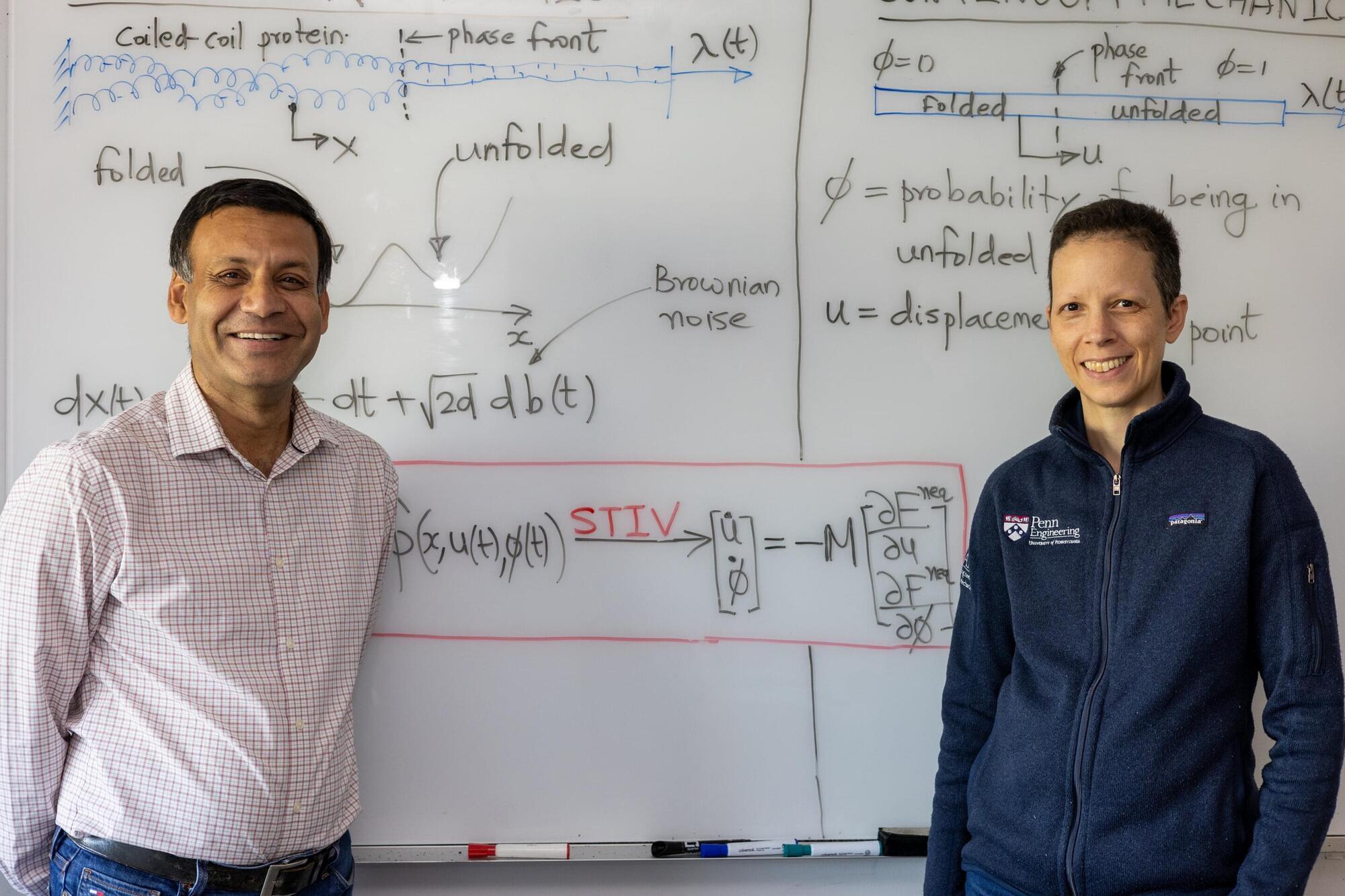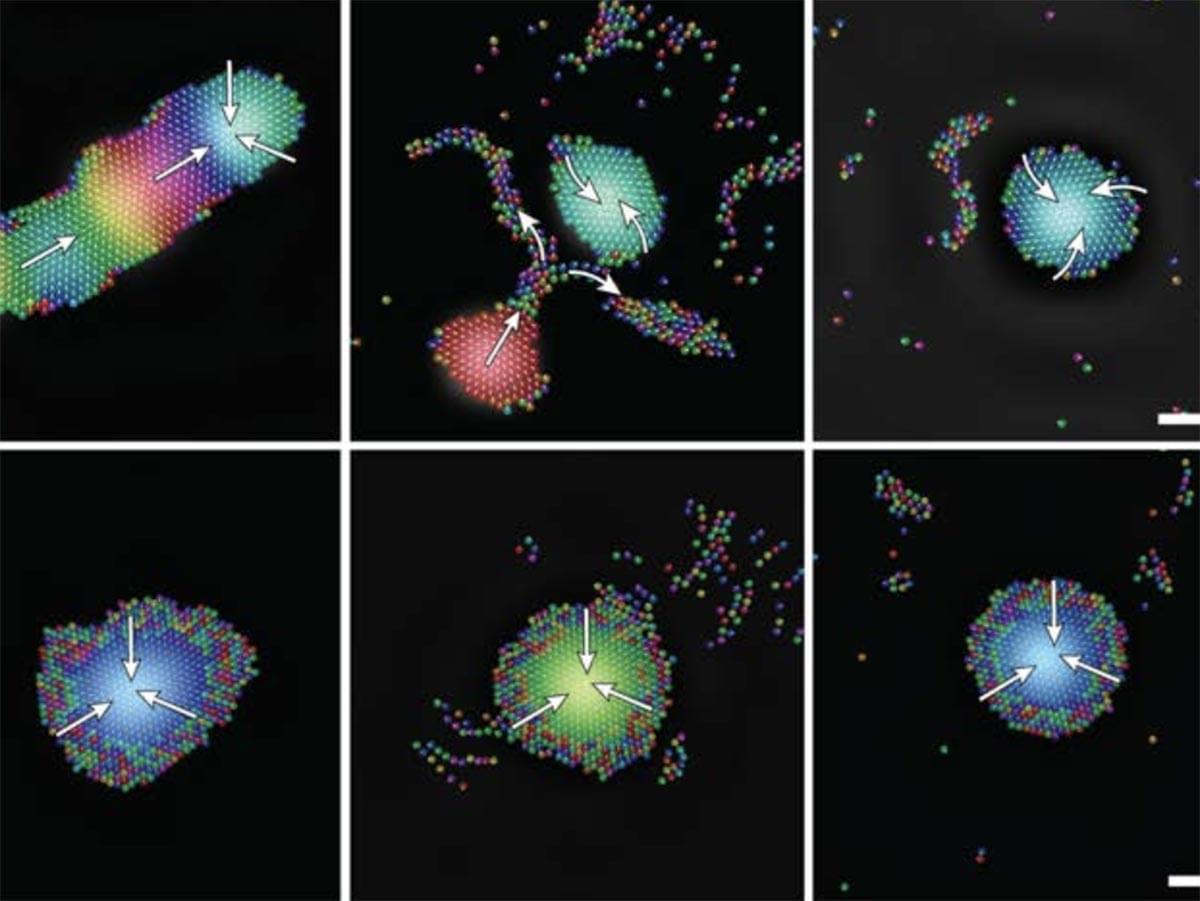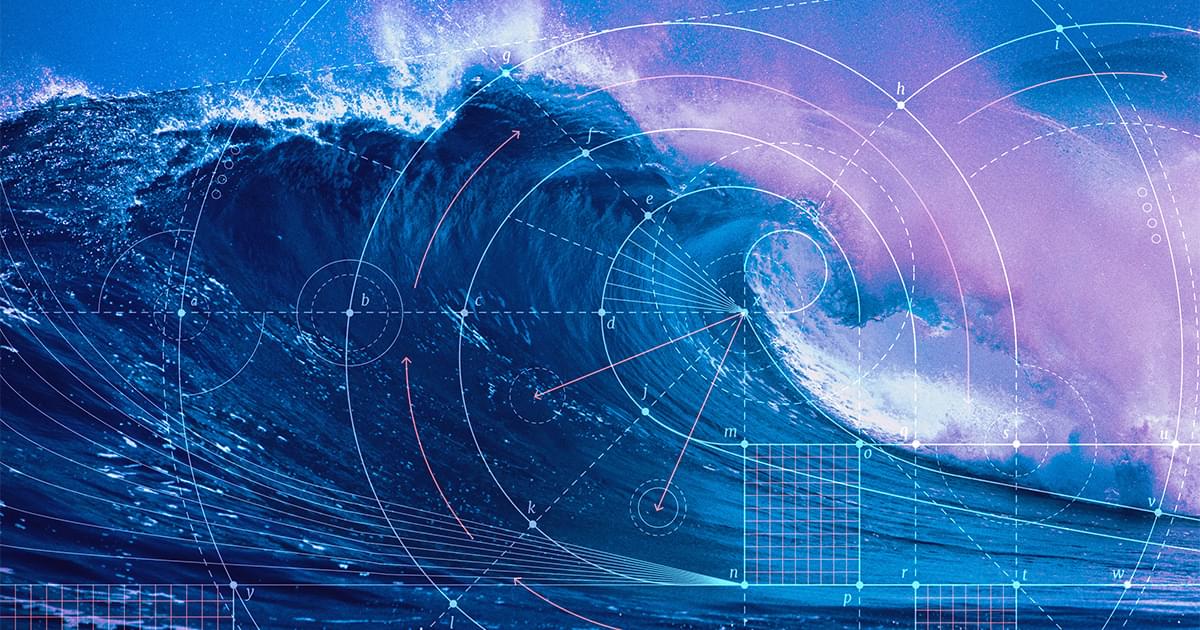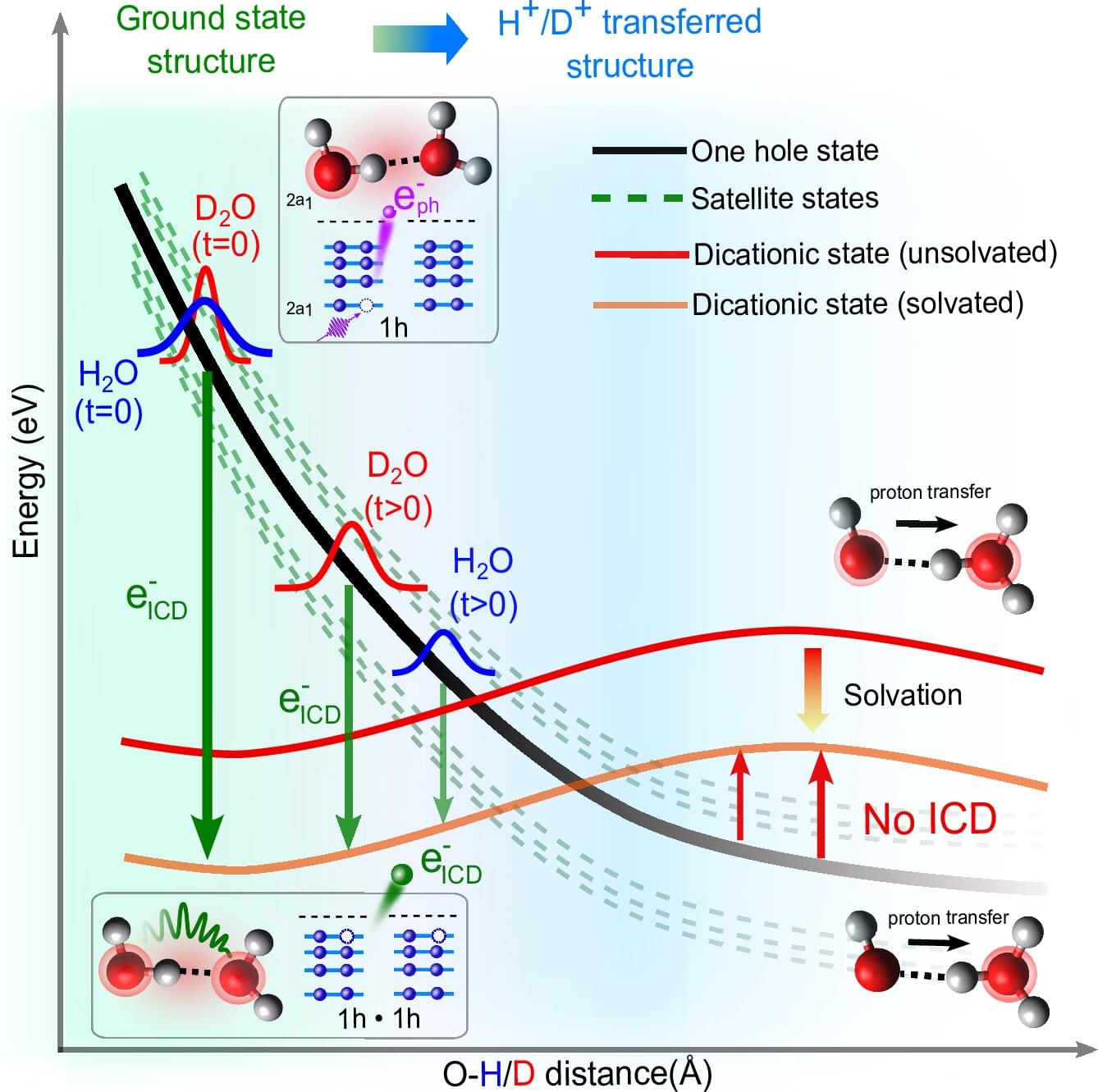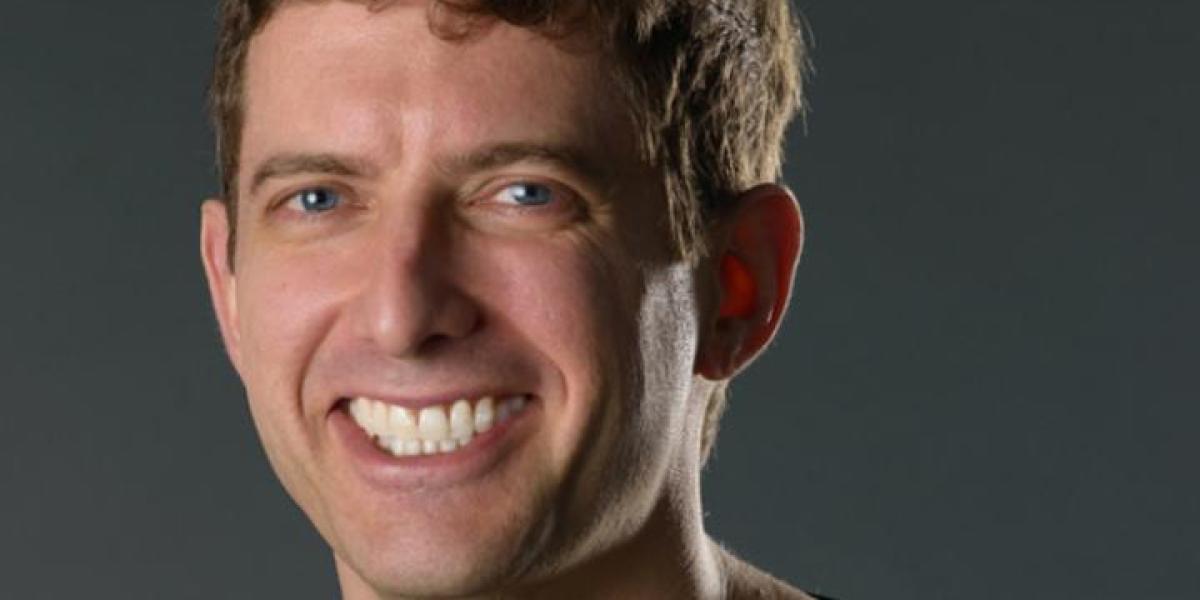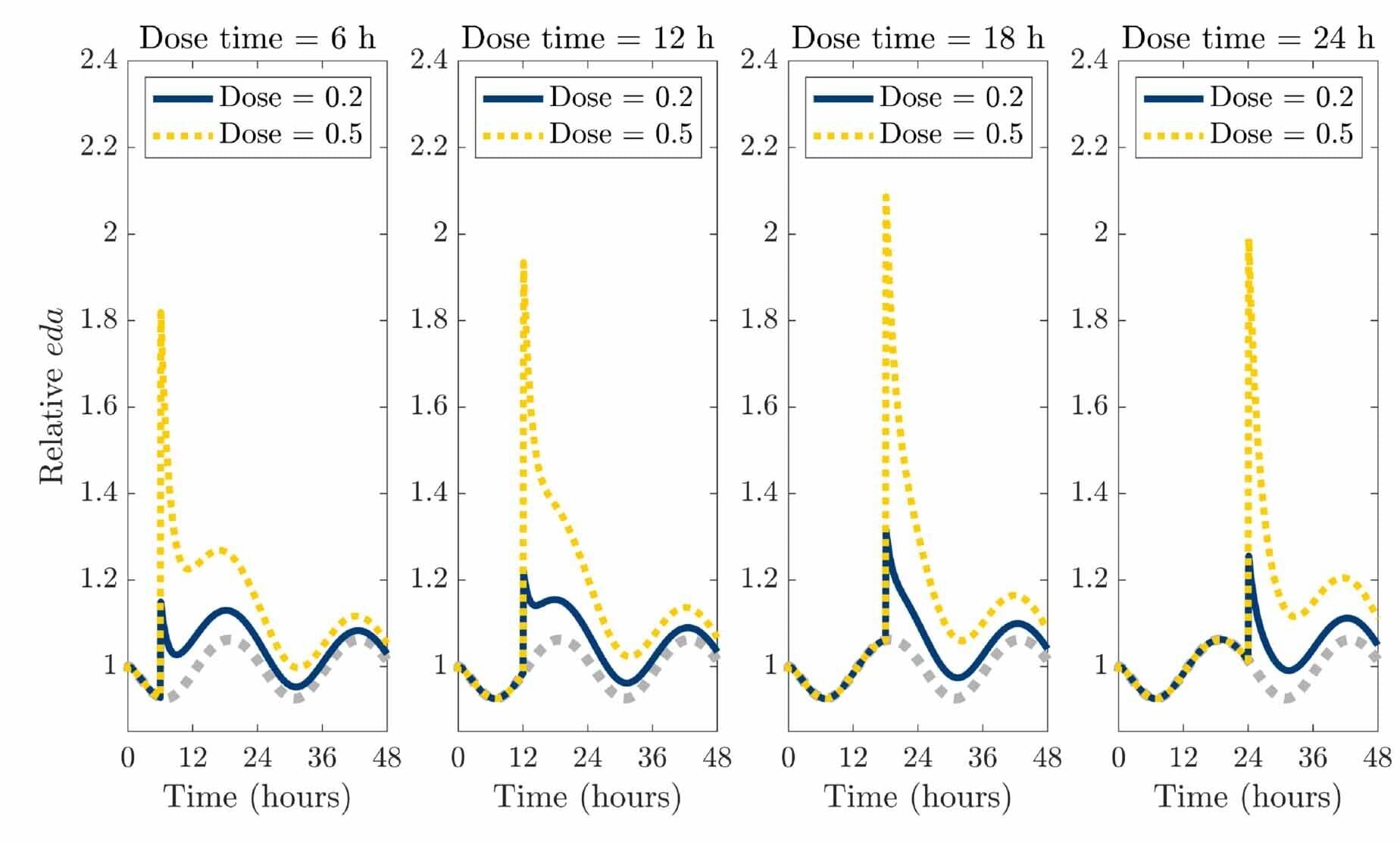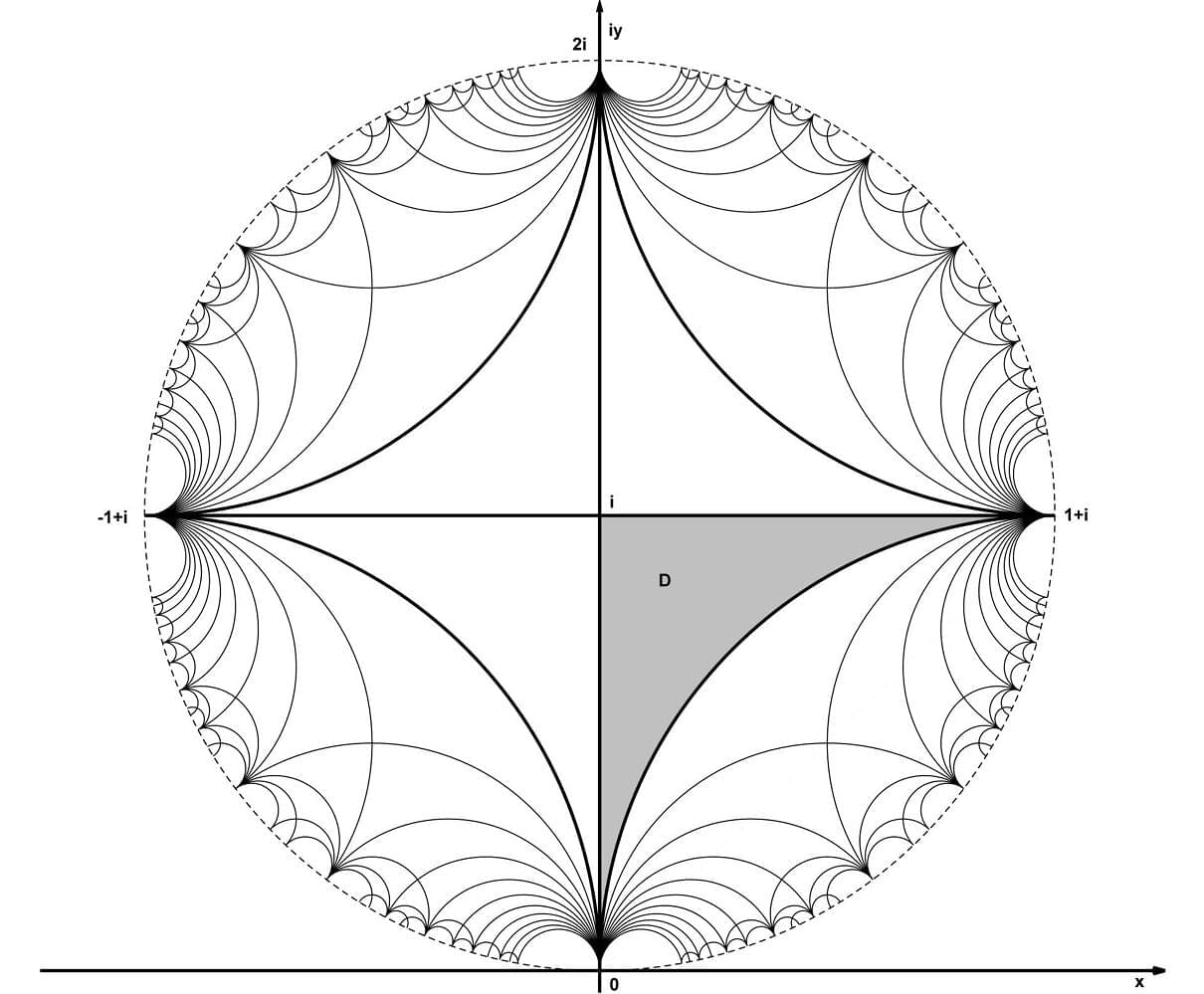Penn Engineers have developed a mathematical “Rosetta Stone” that translates atomic and molecular movements into predictions of larger-scale effects, like proteins unfolding, crystals forming and ice melting, without the need for costly, time-consuming simulations or experiments. That could make it easier to design smarter medicines, semiconductors and more.
In a recent paper in Journal of the Mechanics and Physics of Solids, the Penn researchers used their framework, stochastic thermodynamics with internal variables (STIV), to solve a 40-year problem in phase-field modeling, a widely used tool for studying the shifting frontier between two states of matter, like the boundary between water and ice or where the folded and unfolded parts of a protein join.
“Phase-field modeling is about predicting what happens at the thin frontier between phases of matter, whether it’s proteins folding, crystals forming or ice melting,” says Prashant Purohit, Professor in Mechanical Engineering and Applied Mechanics (MEAM) and one of the paper’s co-authors. “STIV gives us the mathematical machinery to describe how that frontier evolves directly from first principles, without needing to fit data from experiments.”
